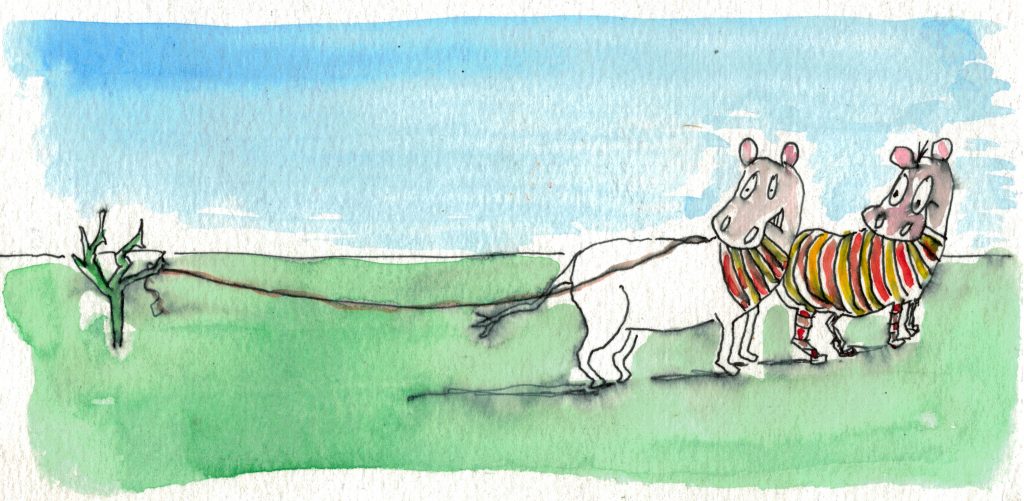May: Ehlers Danlos Syndrome awareness month

May is Ehlers Danlos Syndrome awareness month. Ehlers Danlos Syndrome (EDS) is a group of disorders of the connective tissues. Connective tissue is found throughout the body, so the whole body can be affected due to defects in the structure and biosynthesis of collagen. There are 13 subtypes of EDS, but the most common is Hypermobile EDS (or hEDS), which is the type I have. Dysautonomia and MCAS (mast cell activation syndrome) are common comorbidities; I have both, having hit the trifecta jackpot!
Symptoms
The main symptoms of hEDS are pain, fatigue, allergies, gastric issues, joint laxity, muscular pain, stretchy skin, dizziness, brain fog, problems with proprioception, migraines, ADHD… In my case, this translates as: Countless fractures, sprains and dislocations; constantly walking into door frames; being able to spot someone wearing perfume from 500 meters, and a brain so distracted that thirty tabs are open, lights are flashing, and the music is on full blast at any one time. I also faint if I have to stand still for any length of time, which makes for great fun at border control! (I’m really selling myself here ;-))
I was diagnosed in with hEDS in late 2021, after The Vaccine exacerbated my symptoms to a point where I could no longer ignore them. Good nutrition is absolutely paramount to managing Ehlers Danlos, as so many of the complications are of a gastrointestinal and allergic nature. Bearing in mind that the aim is to reduce immune reactions, normalise gut bacteria and support digestion, absorption and metabolism, it’s best to limit sugar and refined carbohydrates, keep processed foods to an absolute minimum and consider cutting out gluten.
Exercise is also key, and luckily for me, riding is especially beneficial. Things like yoga, walking, cycling and swimming are also very helpful, although I have to be careful with yoga as I’m very prone to subluxations of the hips and shoulders.

2 Comments
Pingback:
Pingback: